Heavy rainfall has been experienced in western and northern parts of the country since late last week, making ground conditions extremely difficult to manage for livestock farmers.
Many farmers have been forced to house cattle to prevent further ground damage from occurring.
Paddocks that were heavily poached over the weekend need time to recover.
Unless weather conditions improve significantly, these paddocks may no longer be available for grazing this year.
Outlined are five tips for farmers having to house cattle this week in wet conditions.
1. Keep stress to a minimum
Ideally, the advice would be to house cattle when they are dry, but not every farmer has this option available to them at present.
Where cattle are being housed in wet conditions, it is crucial that the whole process is carried out as quickly and calmly as possible to minimise stress on animals.
When cattle become stressed, the risk of respiratory problems increases.
Where cows and calves are being housed, but store cattle will remain at grass, spread the animals across all housing available to give additional lying space and reduce the build-up of heat in sheds from fully stocked pens.
2. Calf creeps
Offer spring- and autumn-born calves access to silage and concentrates in creep areas. Ensure that creep areas are clean and well bedded.
3. Airflow
While conditions are wet, daytime temperatures are still warm.
Therefore, it is important that there is plenty of fresh air moving through sheds to keep animals healthy.
Remove tin sheets or timbers from housing to improve airflow in sheds if necessary, but ensure that you do not create a draught.
4. Good silage
Once housed, offer cows suckling a calf high-quality silage. This will maintain milk production, especially in freshly calved autumn cows.
Ideally, use silage bales rather than opening the pit. That way, if cattle do go back to grass when conditions improve, there is no need to re-seal the clamp.
The same applies to finishing cattle to maintain performance.
Feeding cattle high-quality silage means there will be little or no check in weight gain.
5. Concentrates
Along with silage, feed cows 1kg to 2kg/head of concentrates daily. This will give cows an energy boost and again improve milk production.
In addition, offer calves and young store cattle a small quantity of concentrate also.
For example, 1kg/head, but split it between a morning and evening feed for the first three to four days after housing.
The purpose of splitting concentrates into two feeds is merely to observe cattle coming forward to eat.
Animals which are slow may be on the verge of developing a respiratory problem.
With finishing cattle, increase concentrates rates by 1kg/head at housing to minimise any check in performance.
Read more
Weekly weather: changeable week ahead
In pictures: harvest progress at a standstill along western seaboard
Heavy rainfall has been experienced in western and northern parts of the country since late last week, making ground conditions extremely difficult to manage for livestock farmers.
Many farmers have been forced to house cattle to prevent further ground damage from occurring.
Paddocks that were heavily poached over the weekend need time to recover.
Unless weather conditions improve significantly, these paddocks may no longer be available for grazing this year.
Outlined are five tips for farmers having to house cattle this week in wet conditions.
1. Keep stress to a minimum
Ideally, the advice would be to house cattle when they are dry, but not every farmer has this option available to them at present.
Where cattle are being housed in wet conditions, it is crucial that the whole process is carried out as quickly and calmly as possible to minimise stress on animals.
When cattle become stressed, the risk of respiratory problems increases.
Where cows and calves are being housed, but store cattle will remain at grass, spread the animals across all housing available to give additional lying space and reduce the build-up of heat in sheds from fully stocked pens.
2. Calf creeps
Offer spring- and autumn-born calves access to silage and concentrates in creep areas. Ensure that creep areas are clean and well bedded.
3. Airflow
While conditions are wet, daytime temperatures are still warm.
Therefore, it is important that there is plenty of fresh air moving through sheds to keep animals healthy.
Remove tin sheets or timbers from housing to improve airflow in sheds if necessary, but ensure that you do not create a draught.
4. Good silage
Once housed, offer cows suckling a calf high-quality silage. This will maintain milk production, especially in freshly calved autumn cows.
Ideally, use silage bales rather than opening the pit. That way, if cattle do go back to grass when conditions improve, there is no need to re-seal the clamp.
The same applies to finishing cattle to maintain performance.
Feeding cattle high-quality silage means there will be little or no check in weight gain.
5. Concentrates
Along with silage, feed cows 1kg to 2kg/head of concentrates daily. This will give cows an energy boost and again improve milk production.
In addition, offer calves and young store cattle a small quantity of concentrate also.
For example, 1kg/head, but split it between a morning and evening feed for the first three to four days after housing.
The purpose of splitting concentrates into two feeds is merely to observe cattle coming forward to eat.
Animals which are slow may be on the verge of developing a respiratory problem.
With finishing cattle, increase concentrates rates by 1kg/head at housing to minimise any check in performance.
Read more
Weekly weather: changeable week ahead
In pictures: harvest progress at a standstill along western seaboard




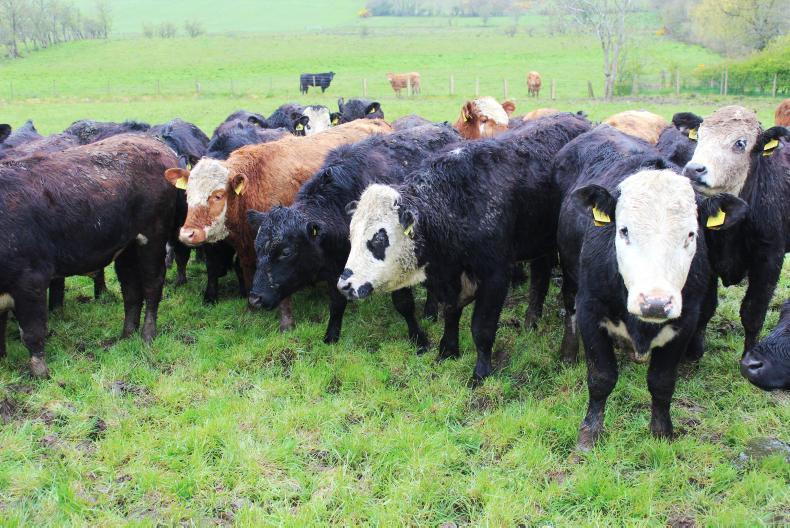
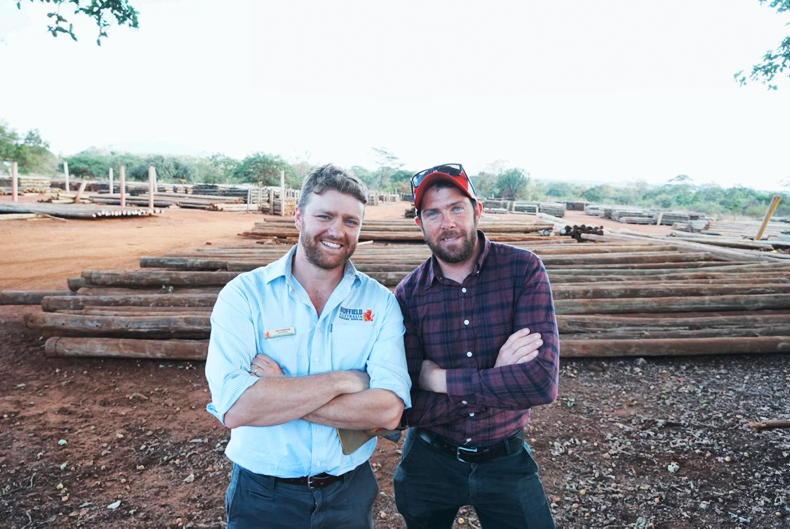

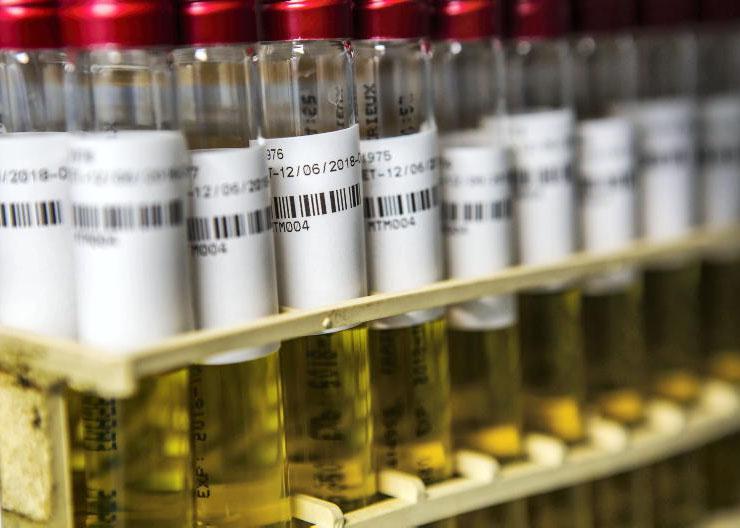
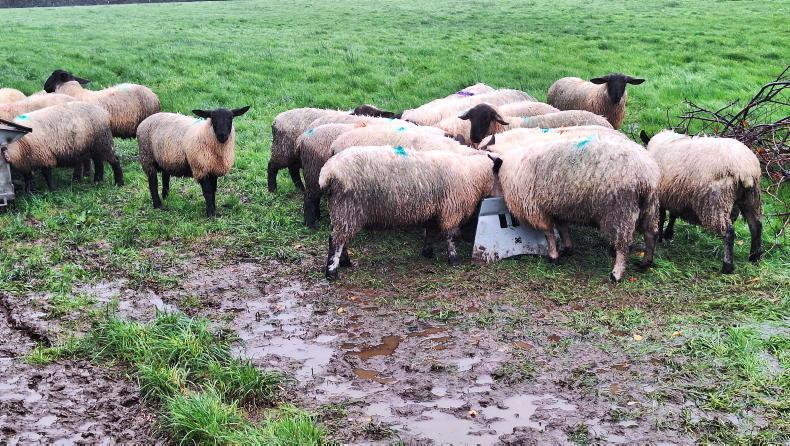
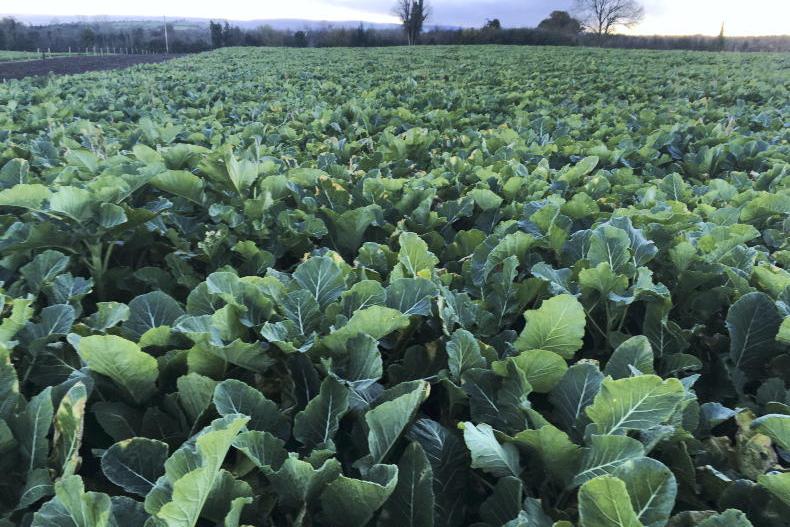
SHARING OPTIONS